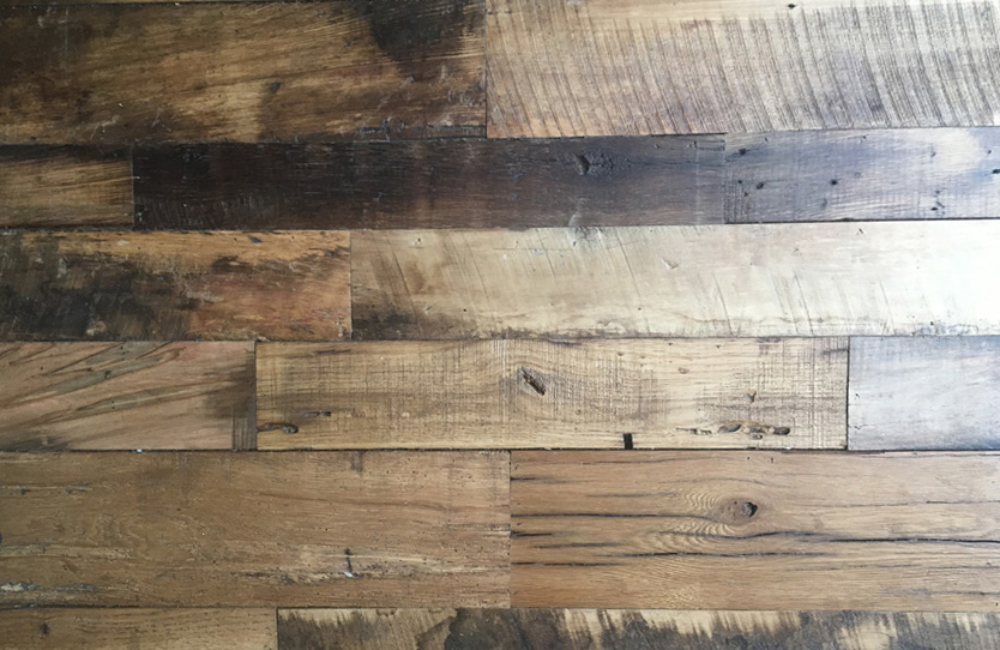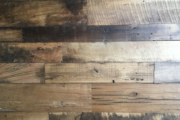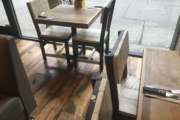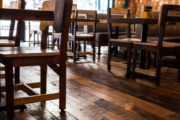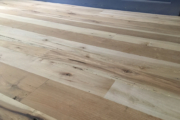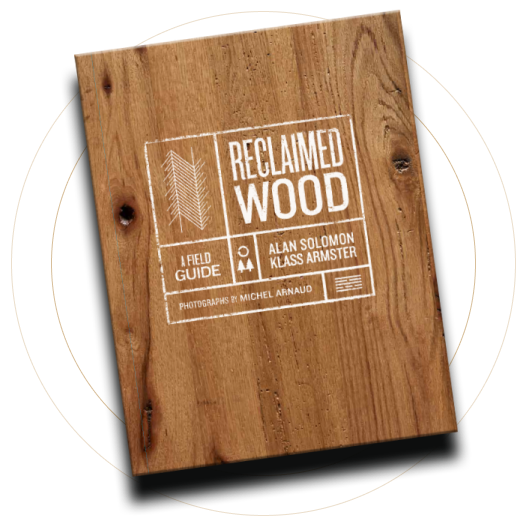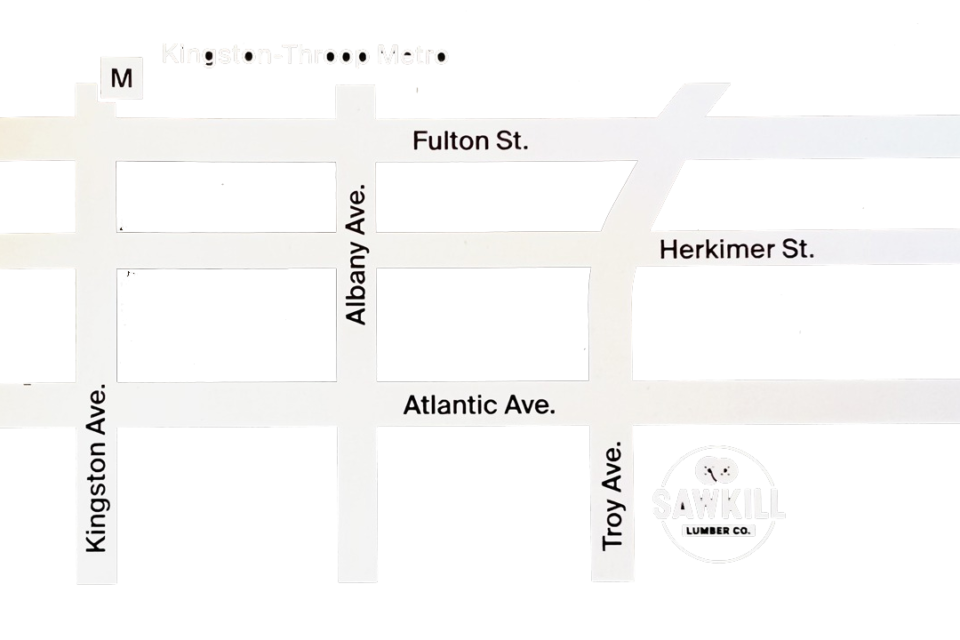The Role of Hardwood Flooring in NYC’s Interior Design
Thinking about giving your NYC space a fresh look? Consider hardwood flooring! It’s not just beautiful; it’s durable and fits any style, from cozy apartments to sleek offices. Hardwood floors offer a unique blend of elegance and practicality, effortlessly enhancing the aesthetic of any room. They bring warmth, character, and a natural vibe that can elevate your space from ordinary to extraordinary. Plus, with their timeless appeal, hardwood floors are a smart investment, adding value to your property. Whether you’re renovating an old brownstone or modernizing a downtown loft, hardwood flooring can seamlessly integrate with your design vision, providing a solid foundation that complements both traditional and contemporary decor. Ready to step up your interior design game? Let’s bring the natural beauty of hardwood into your home or workspace, creating a welcoming and stylish atmosphere that you’ll love for years to come.
